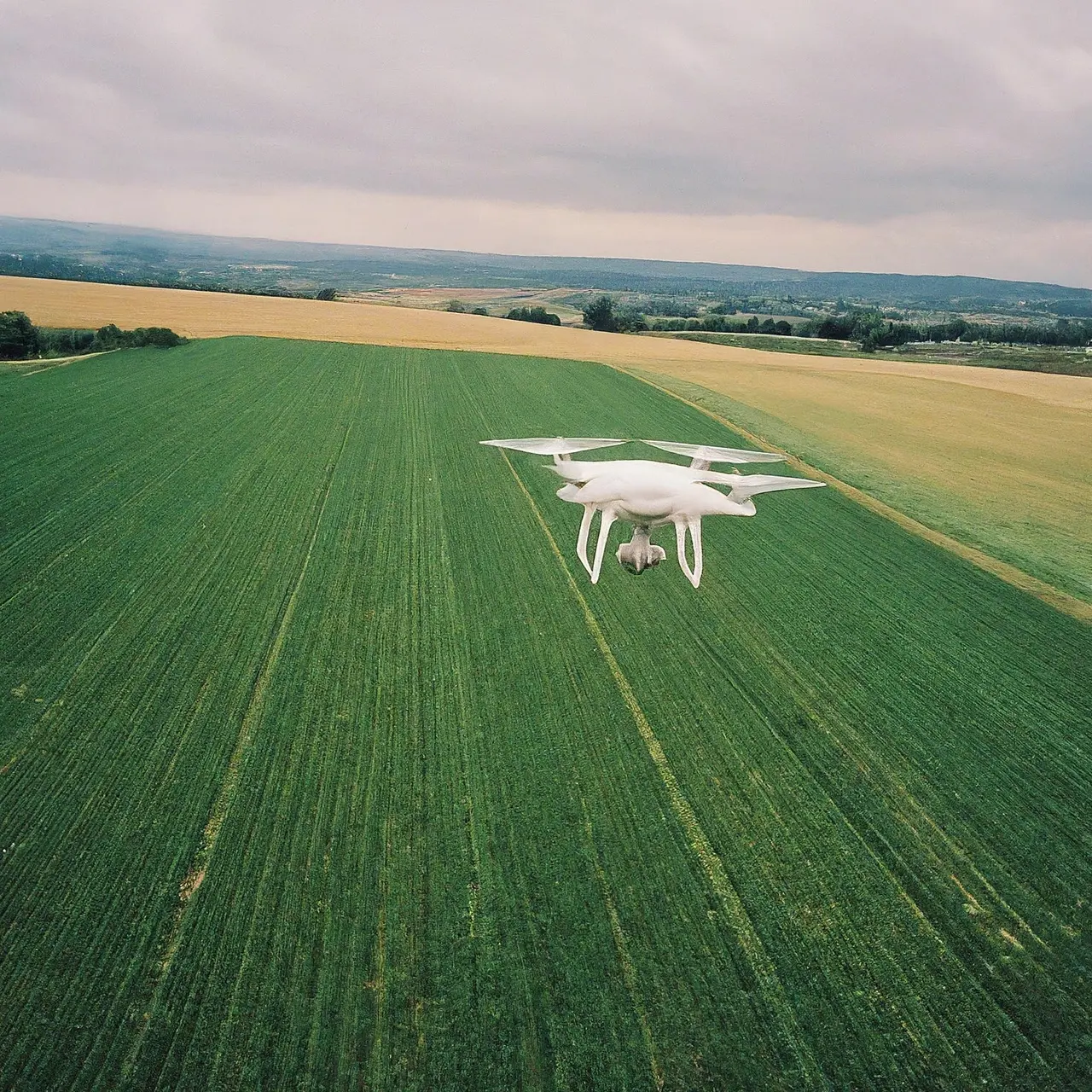
The Future of Farming: Why Drone Planting is Here to Stay
Share
The agriculture industry stands on the brink of a revolution, with drone planting promising to redefine traditional farming methods. As we delve into the mechanics and marvels of this innovative technology, it becomes clear why drone planting is not just a fleeting trend but a cornerstone in the future of sustainable and efficient agriculture.
The rise of drone planting in modern agriculture
In the realm of modern agriculture, drone planting emerges as a game-changer, propelling farms into a new era of efficiency and precision. By leveraging advanced GPS mapping and automated systems, drones sow seeds with unprecedented accuracy, reducing labor costs and optimizing land use. This not only boosts crop yields but also minimizes environmental impact, showcasing a compelling fusion of technology and nature.
How drone planting works and its unique benefits
The mechanism of drone planting is a marvel of modern technology, entailing the distribution of seed pods across fields with pinpoint accuracy. These drones, equipped with sophisticated sensors, assess the land’s fertility, varying their planting patterns to suit different soil types. The benefits are manifold: reduced manpower requirements, decreased soil compaction, and a significant cutback in water and chemical usage, heralding a new dawn for sustainable farming.
Comparing traditional farming methods to drone planting
Traditional farming methods, while time-tested, grapple with challenges such as uneven seed distribution and excessive resource use. Drone planting, on the other hand, circumvents these issues, ensuring uniform seed placement and drastically reducing water and chemical inputs. This comparison illuminates the stark efficiencies and environmental benefits introduced by drone technology, painting a promising picture for the future of farming.
The environmental impact of adopting drone technology in agriculture
The adoption of drone technology in agriculture marks a significant milestone in environmental conservation. By facilitating precise planting and reducing the need for tractors and other heavy machinery, drones considerably lessen soil erosion and compaction. Furthermore, the targeted approach to planting and crop management minimizes runoff, thereby protecting water sources from pollution—a testament to the symbiotic relationship between technology and sustainability.
Case studies: Successful drone planting operations around the globe
From the vast soybean fields of Brazil to the terraced rice paddies of China, drone planting has demonstrated its versatility and effectiveness across diverse landscapes. In Iowa, USA, a drone planting pilot project resulted in a 25% increase in yield due to improved seed spread and density. Meanwhile, in Africa, drones have been crucial in reforestation efforts, planting thousands of trees in deforested areas. These case studies underscore the global applicability and success of drone planting, signaling its vital role in the future of agriculture.
Challenges and future prospects of drone planting in farming
While drone planting heralds a new age of agricultural innovation, it’s not without its challenges. Issues such as regulatory hurdles, initial setup costs, and the need for technical expertise pose obstacles to widespread adoption. Nonetheless, the relentless advancements in drone technology, coupled with increasing global interest in sustainable farming practices, suggest a bright future. As we continue to refine and adapt this technology, drone planting stands poised to revolutionize agriculture in ways we are just beginning to comprehend.
Looking Forward: The Horizon of Drone Planting
As we explore the vast potential and current achievements of drone planting, it’s evident that this technology is more than just an innovative tool; it’s a beacon for the future of agriculture. By offering solutions to some of the most pressing challenges faced by farmers today, drone planting not only signifies a shift towards more sustainable practices but also marks a step forward in our quest to feed a growing global population.

